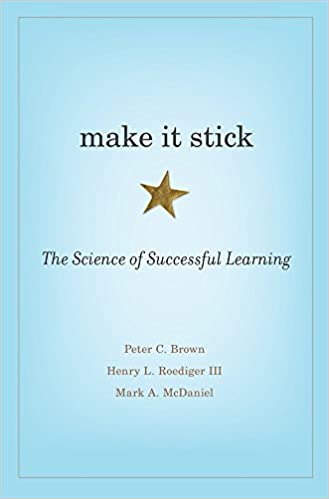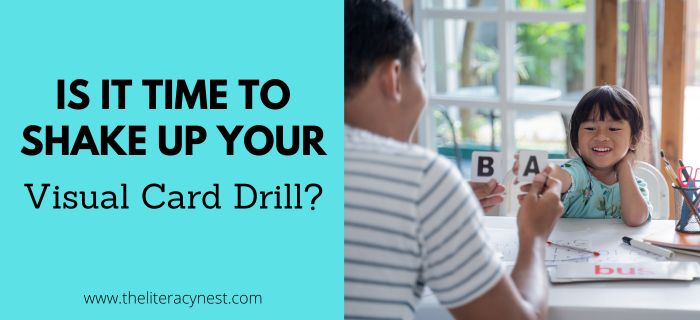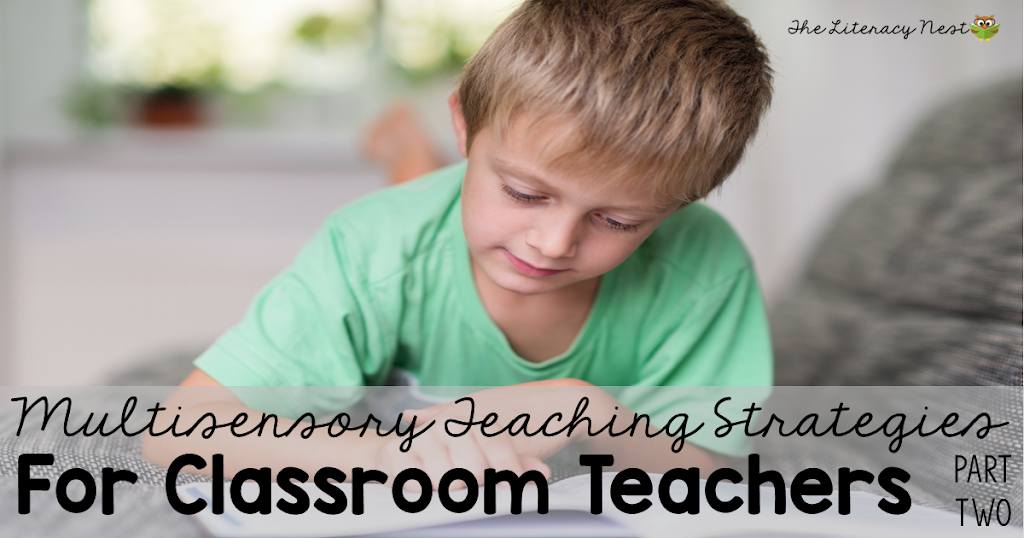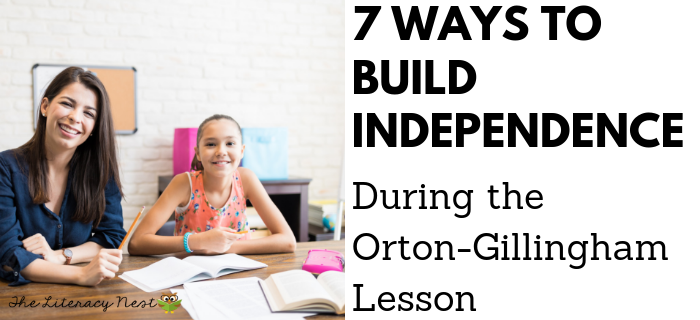The Value of Repeated Practice for Students with Dyslexia
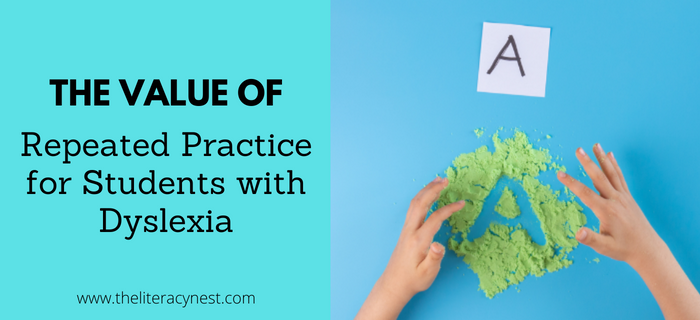
For many years, those of us who work with striving readers and writers have known that certain strategies or techniques, like repeated practice, are effective, but we haven’t really been able to tell WHY. We’ve known that students with dyslexia often have a pattern of areas of weakness in their psychological testing. We have theories and observations grounded in practice and anecdotal evidence.
With the recent advances in brain science, such as functional MRIs, we have learned so much more about the real reasons behind why some of what we know to be true is in fact the case. One of these areas we have learned more about has to do with working memory and neuroplasticity.
(This post contains one affiliate link.)
Your students with dyslexia typically require significantly more repetitions of a word or concept before obtaining mastery. One of the reasons for this is that students with dyslexia often have difficulty with working memory. Some research has indicated that a student with dyslexia needs about 5 times as many repetitions as their non-dyslexic peers. This is an estimated figure. (See study)
This repetition allows learning to be consolidated and solidified, for students to become comfortable enough with the learning that they are able to apply it to new contexts. Only after new learning has reached that level is it moved into long-term memory. This process of overlearning is also important because as students with dyslexia build automaticity with individual skills, those skills require less of their active attention and cognitive energy. There is more brain power freed up to handle more complex higher-order skills such as comprehension.
Making Stronger Connections
Furthermore, we know that repetition builds synapse connections. If a connection is not utilized often enough, the connections are pruned by the brain. But, through repeated practice, those neurological connections are strengthened and become increasingly efficient.
There is also some evidence that one of the neurological differences in students with dyslexia is that their brain builds these information superhighways in the brain more slowly than someone without dyslexia. Although their brain is still extremely adaptable, it does not appear to be as easily adaptable as someone without dyslexia.
But What Kind of Repeated Practice Is Best?
Figuring out the amount and type of repeated practice needed for each individual student is a little of each. There is value in both repeated use of the same materials such as words, sentences, or even passages, and the use of varied practice. One of the goals of the repetition is to build flexibility and automaticity. While I want a student to be able to recognize a particular word, such as farm, quickly and easily, it is important that they are able to do so in a variety of contexts and conditions.
Depending on the severity of an individual’s struggles with dyslexia, they may require numerous repetitions before reaching a point of automaticity or near automaticity. We want to strive for not only recognition but also the ability to apply that learning to new contexts and new situations. We want to challenge them to consolidate their learning.
Weaving In New Learning With Review
Imagine weaving a beautiful tapestry. Each of these colorful threads represents a concept or word that a child is incorporating into their reading system. As we weave in new learning and incorporate review material, we create a unique and complete whole. One place that it is particularly helpful to integrate review is in sentence dictation. This is a great opportunity to add in different words that still practice the same skill or concept.
As an example, say you were reviewing trigraph -TCH and had already dictated words in the past like catch, or switch. When planning dictation for your next lesson, try adding words with a prefix or a suffix like matching or unhitch. Here is your chance to weave in grammar and vocabulary while your students get the benefit of repeated practice. Your students will stretch themselves and incorporate new skills to add prefixes and suffixes to the review material. Students are able to apply their learning to a slightly different context and build vocabulary at the same time.
Download a printable tip-sheet with these tips for varied practice!
Varied Repeated Practice
Repetition doesn’t need to be boring. However, the kind and quality of repeated practice matters. For example, asking a child to practice their spelling words by writing them three times each is an ineffective form of repetitive practice. The task will also be associated with drudgery. Instead, consider retrieval practice that is appropriately spaced out between your Orton-Gillingham lessons.
As always, using multiple sensory pathways, a hallmark of the Orton-Gillingham approach will strengthen your students’ neural pathways. That means aiming to simultaneously engage three of the five senses (seeing, hearing, touching/feeling).
Looking for ideas to make your phonics games multisensory? Check out my Orton-Gillingham: Multisensory Phonics Games Activities Bundle!
Hypothetically speaking, let’s say you see a child for O-G twice a week and you’re introducing the digraph CH, but you’re reviewing digraph SH. Your review of the previously taught material doesn’t have to be simply reading the same list of words or reading the same passage that your student read the week prior. Varied practice with the same skill or concept can be creating a new list of words (perhaps some that have prefixes or suffixes), finding another book, poem, or sentences, or a review game while STILL reviewing CH. Can you go back and reread previously read passages? Sure, but it is the varied repetitive practice that will reap greater benefits for the child.
Watch this video for examples of Beneficial Game Rehearsal! And listen to this episode of the Together in Literacy podcast for more on The Importance and Benefits of Playing Games with Your Students!
I recall hearing a rather sad story of repetition gone wrong. A teacher had been asking their intervention student to reread the SAME reading passage for months. This student had memorized it (not hard to see why) and could literally sing it by heart when the teacher’s supervisor had observed the lesson. True story. Please don’t do that! Engagement, is as always, extremely important to ensuring success.
To learn more about retrieval practice, and spaced repetition, try the book, Make It Stick: The Science of Successful Learning.
What’s the goal?
The goal of our teaching is not only to achieve mastery. It’s also to build so much confidence and automaticity with a particular concept that your students are able to apply their learning to a completely novel situation. Applying the knowledge in familiar ways should require a minimum of cognitive energy. One can see a similar process at work when learning other highly complex tasks. It can be difficult to remember just how complex driving was when you were first beginning to learn. New drivers have difficulty navigating or dealing with additional challenges such as snowy weather, but a more experienced driver has the ability to devote more brain power to the novel task.
Your repeated practice can be fun but should always be meaningful. Read more about Meaningful Review in Orton-Gillingham Lessons.
There is no simple formula or magic number of repetitions, but we do know that frequently as brain connections form and become more efficient, the number of repetitions needed for new pathways decreases. Not only does the application of old learning become more efficient, but the process of reaching mastery increases in efficiency as well. Repetition not only increases learning but decreases the need for repetition as time goes on.
You can use Word List Builder to create customized and meaningful activities that support repeated practice! Build your folder of words, create templates and games, and so much more!
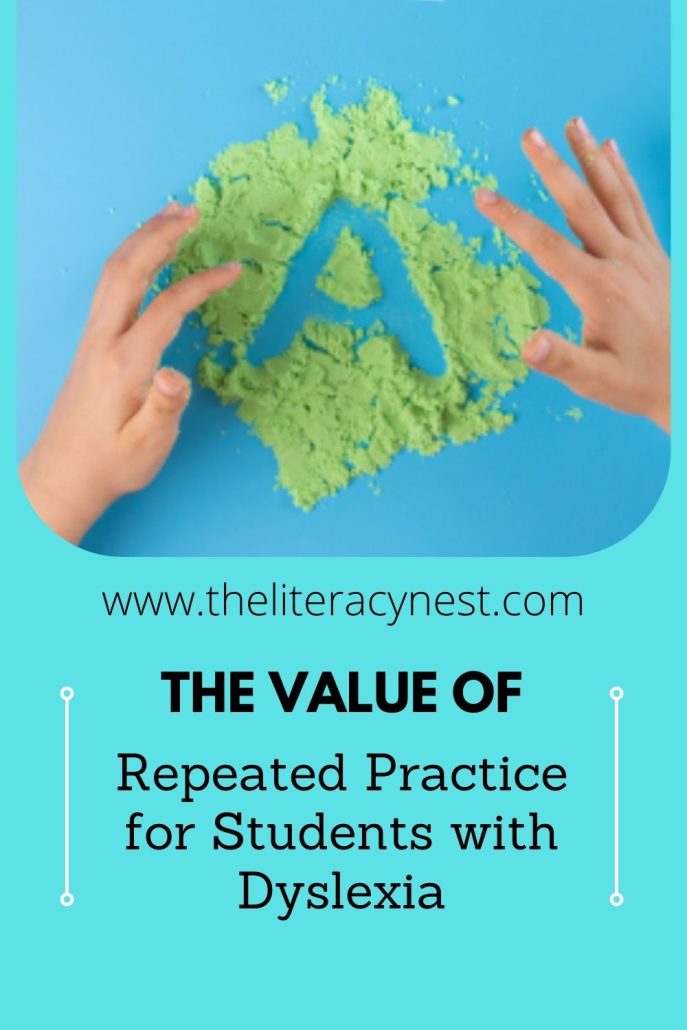
Are you looking for professional development that will help you become a more effective structured literacy educator? The Literacy Nest has a membership for that…
Building Readers for Life Academy is a monthly membership program that empowers educators AND families. It dives into structured literacy and strategies for ALL learners. With BRFL Academy, you’ll learn what it takes to help EVERY student become a reader for life.

